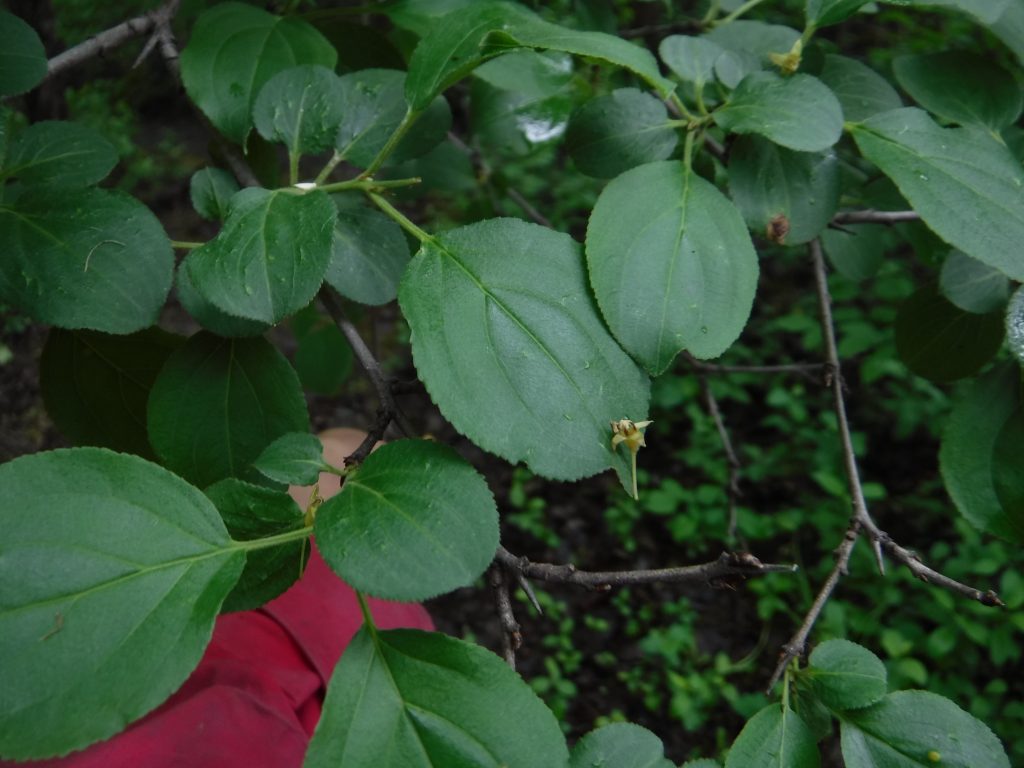
The most commonly met invasive species in Laval are most likely both species of buckthorns, European buckthorn (Rhamnus cathartica) and glossy buckthorn (Frangula alnus). These shrubs can be recognized by their dark gray bark and their small rounded leaves with deeply carved veins. European buckthorn is found all over in Laval, but glossy buckthorn is less abundant but generally found more commonly in wetlands.
The successful dispersion of these species relies on their dark blue to almost black berries. The berries stay on their branches throughout the winter season, making them an increasingly important food source for birds when resources are scarce, and die out extremely late in the fall. Seeds are then dispersed by bird feces.
Buckthorns can also reproduce vegetatively as new buckthorn stems can grow from rhizomes. Their stem growth and duplication is so prolific that other species are completely whipped out of their initial habitat due to resource scarcity, lack of space and overshadowing by buckthorns. It also seems that the roots may have allelopathic properties, meaning that they produce a toxic substance inhibiting the growth of other plant species(*).
(1).jpg)
.jpg)
When the invasion becomes important, buckthorns can easily dominate and even form pure stands. Mature individuals have a very distinctive architecture. You can recognize them from afar with their broccoli shape and their bare surroundings. They can grow up to 5 to 6 meters tall.
In Laval, buckthorns are a scourge. Urban development has created dispersion corridors through bare ground and natural area fragmentation, which creates more edge effect and facilitates buckthorn colonization. Emerald ash borer has also killed many ash trees, sometimes entire ash stands, which created light openings where buckthorns quickly colonized the shrub layer.
It is extremely difficult to fight this invader. Buckthorns store energy in their rhizomes, allowing them to regenerate once cut or mowed. It is almost impossible to completely unroot individuals because of the extent of their rhizome system. Patience is key. Many interventions will be necessary in the same area in order to eradicate it for good.
Be careful, however, to not confuse buckthorn with other similar shrubs! Take a look at our descriptive sheet of similar species with pictures of the two species to compare them easily! Not sure if you are quite able to identify it? A quick tip : wait for fall! During fall season, indeed, buckthorn leaves are the only ones to remain green and attached to the branches.
If you wish to get involved in the fight against buckthorn in your neighborhood, follow CANOPÉE - Le réseau des bois de Laval, as they organise uprooting events and do a great deal of work to fight against invasive species spreading.
Sources
Sentinelle – Gouvernement du Québec



